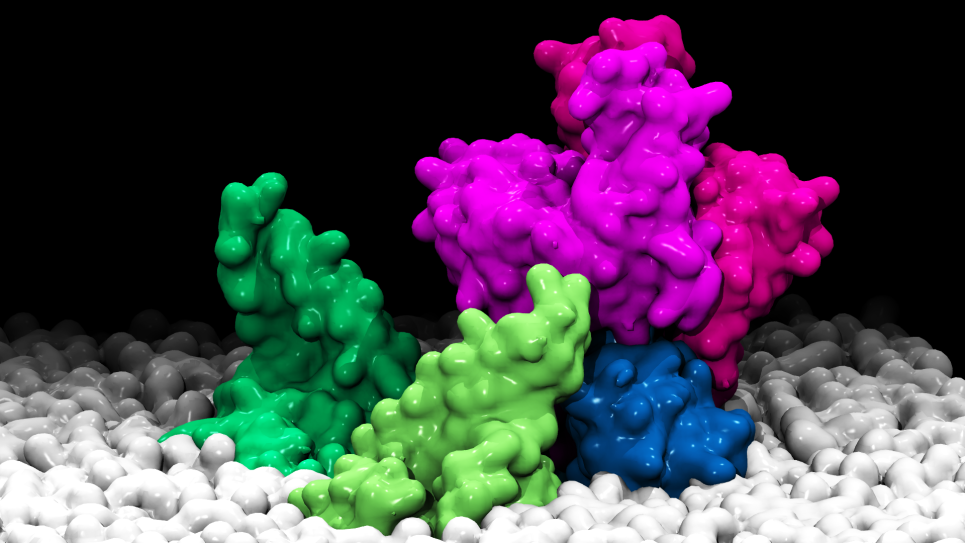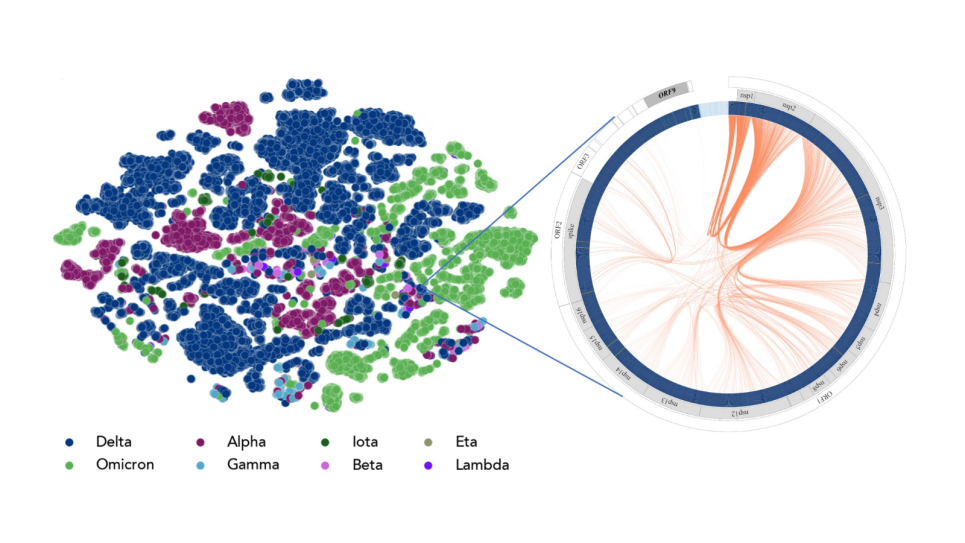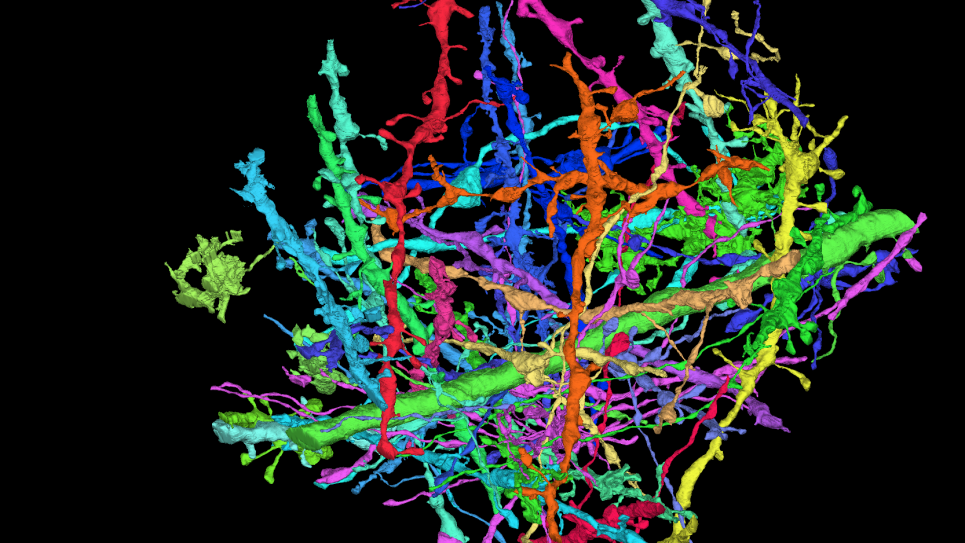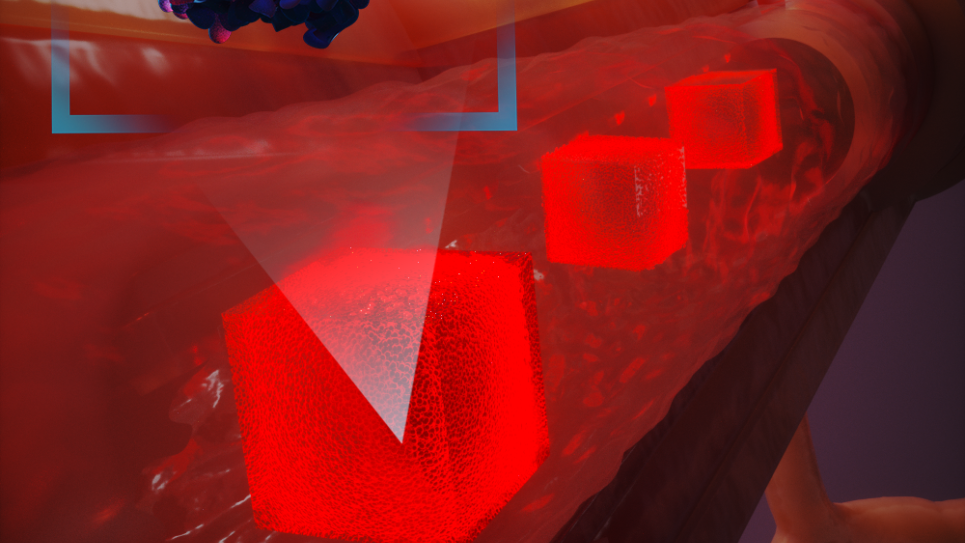
Large-Scale Simulations of Inner-Ear Mechanotransduction Complexes
Mechanotransduction is a process at the core of vertebrate hearing and balance. In this process, forces from sound and head movements are transduced into electrochemical signals that enable sensory perception. Inner-ear mechanotransduction takes place in hair cells and it involves tip-link filaments that pull on ion channels and associated proteins to trigger sensory perception. The inner-ear transduction apparatus is formed by tip-link components cadherin-23 and protocadherin-15, as well as membrane proteins TMIE, TMHS and TMC1 and the cytoplasmic proteins CIB2 and CIB3. Mutations to these proteins often result in inherited deafness and balance disorders. The elasticity of tip links, the pathway of force propagation from tip links to transduction channels, and the conformational changes of the transduction apparatus upon gating are unknown.
The researchers aim to perform multi-microsecond all-atom molecular dynamics simulations of experimentally obtained structural models complemented with AlphaFold 3 structural predictions of two systems: the entire inner-ear tip-link filament and the transmembrane transduction apparatus. In addition, they propose to use replica exchange molecular dynamics to sample TMC1 and related TMEM63/OSCA proteins states and identify their open- pore structures. The team aims to predict tip-link mechanics and to elucidate the gating mechanisms of the inner-ear hair-cell mechanotransduction apparatus. The simulations are particularly well-suited for INCITE resources as these require massively parallel supercomputers to enable users to study and visualize the dynamics of large systems including proteins, lipids, and ions in timescales that are physiologically relevant for auditory transduction and mechanosensitive channel gating (10 microseconds). This work will provide insight into how hearing happens at the molecular level with implications for the treatment of inherited deafness.


